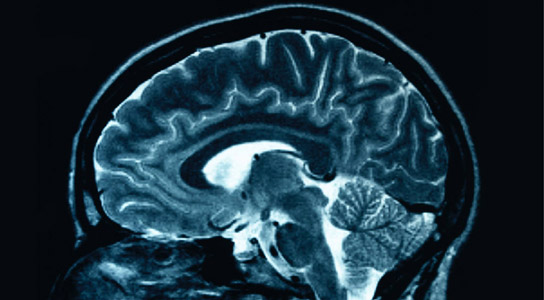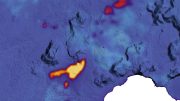
MRI brain scans can identify individuals at a higher risk of Alzheimer’s by measuring cortex thickness in specific regions previously linked to shrinkage in Alzheimer’s patients.
I’m talking about your brain, so get yours out of the gutter. A new study reveals that MRI brain scans can be used to identify people who might have a higher risk of Alzheimer’s.
Researchers studied brain scans of 159 dementia-free people with an average age of 76 to measure the thickness of certain regions in the brain’s cortex. The regions being measured were determined from previous studies that revealed these areas shrunk in Alzheimer’s patients.
Of the 159 people, 19 were classified as high risk because of the smaller size of these regions of the cortex. 116 were classified as average risk and 24 were listed as being low risk. Participants in the program were given tests at the beginning of the study and over the next three years to measure memory, problem-solving, ability to plan, and the ability to pay attention. 21% of the people listed as high risk experienced cognitive decline over the three-year period, while 7% of the average risk participants suffered decline. None of the people at low risk experienced any cognitive problems.
The study was recently published in the online issue of Neurology, the medical journal of the American Academy of Neurology.









Be the first to comment on "Size Does Matter When Determining Alzheimer’s Risk"